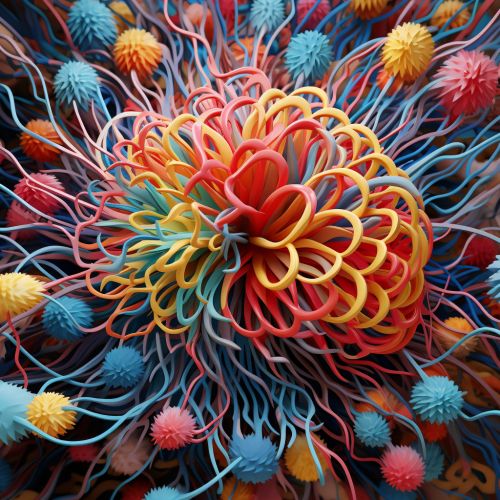Advances in Understanding the Human Brain Connectome
Introduction
The human brain, an intricate network of neurons, is the center of our cognitive abilities. The study of this complex network, known as the human connectome, has seen significant advances in recent years. The connectome refers to the comprehensive map of neural connections in the brain, and its study is crucial for understanding brain function and dysfunction.


The Human Connectome
The human connectome is a comprehensive map of the brain's structural and functional connections. These connections, or synapses, are formed by neurons, the brain's primary cells. The human brain contains approximately 86 billion neurons, each making thousands of synaptic connections, resulting in a complex network of trillions of synapses. The study of this network, known as connectomics, is a rapidly evolving field in neuroscience.
Advances in Connectomics
Advances in connectomics have been driven by technological developments in imaging techniques, such as MRI, DTI, and fMRI. These techniques have allowed researchers to visualize and map the brain's connections in unprecedented detail.
Magnetic Resonance Imaging (MRI)
MRI is a non-invasive imaging technique that uses magnetic fields and radio waves to create detailed images of the brain. Advances in MRI technology, such as high-field MRI, have allowed researchers to visualize the brain's structure in greater detail, contributing significantly to our understanding of the human connectome.
Diffusion Tensor Imaging (DTI)
DTI is a type of MRI that allows researchers to visualize the brain's white matter tracts. White matter consists of axons, the long extensions of neurons that transmit signals between different brain regions. DTI measures the diffusion of water molecules along these axons, providing a detailed map of the brain's structural connections.
Functional Magnetic Resonance Imaging (fMRI)
fMRI measures brain activity by detecting changes in blood flow. This technique allows researchers to map the brain's functional connections, providing insight into how different brain regions interact and communicate.
The Human Connectome Project
The Human Connectome Project (HCP) is a major initiative that aims to construct a comprehensive map of the human brain's structural and functional connections. Launched in 2010, the HCP has made significant contributions to our understanding of the human connectome, providing a wealth of data that has been used in numerous neuroscience studies.
Implications for Neuroscience
Understanding the human connectome has significant implications for neuroscience. It can provide insights into how the brain processes information, how it develops and ages, and how it is affected by diseases such as Alzheimer's, Parkinson's, and schizophrenia.
Future Directions
Future advances in understanding the human connectome will likely be driven by further technological developments in imaging techniques, as well as advances in computational methods for analyzing and interpreting connectome data. These advances will continue to enhance our understanding of the brain's complex network of connections, providing new insights into brain function and dysfunction.
